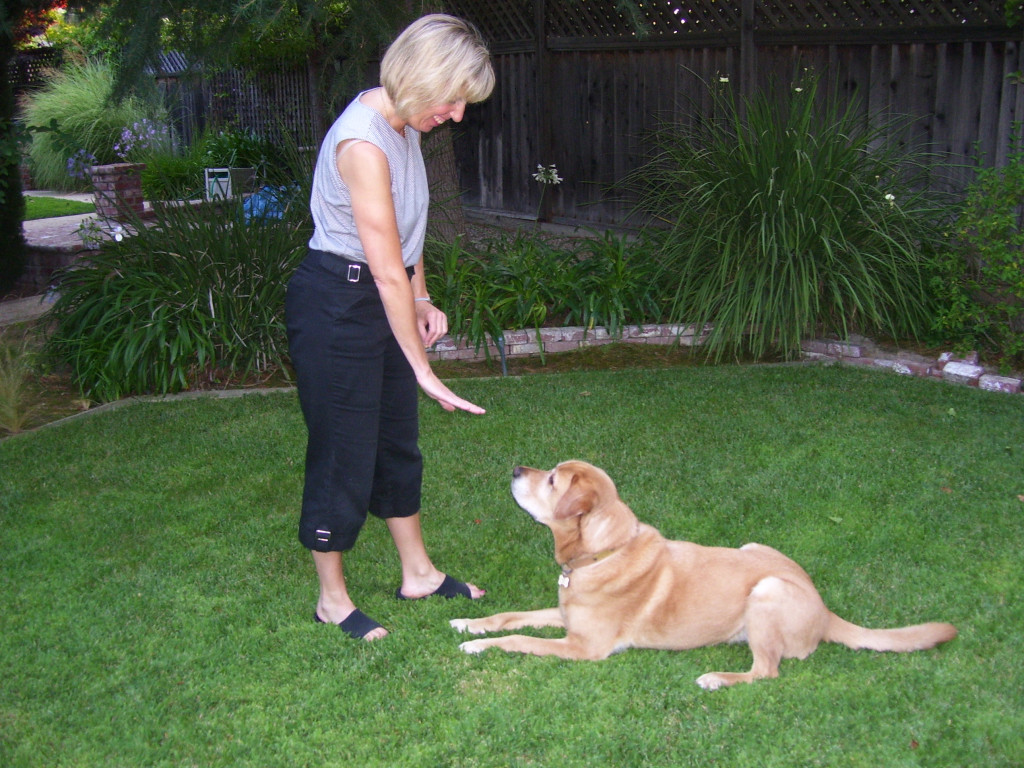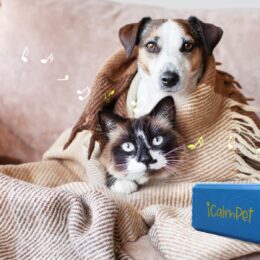Your cart is empty
 January is National Train your Dog Month. My readers know that I’m an advocate of humane, positive, science based dog training. Every Tuesday on the Through a Dog’s Ear Facebook page is “Training Tip Tuesday”. I ask fans and training experts to chime in with their training tips. Here are some from earlier this week:
January is National Train your Dog Month. My readers know that I’m an advocate of humane, positive, science based dog training. Every Tuesday on the Through a Dog’s Ear Facebook page is “Training Tip Tuesday”. I ask fans and training experts to chime in with their training tips. Here are some from earlier this week:
- “When dealing with behavior issues, remember to look at daily sources of stress in your dog’s life and start with a de-stress or relaxation process before you begin tackling the problems. Much like us, ongoing stress or over-stimulation is not healthy for our dogs either!” Michelle Payson, owner of That’s My Dog Professional Dog Training in Douglas, MA.
- “Look for and reward behaviors that you like and want to see again. Behaviors that are rewarded are repeated.” Canine Minds and Manners Professional Dog Training in Alberta, Canada
- “Remember that EVERY interaction that you have with your pet is training and that most pets will interpret ANY attention from you as a reward, even if you think of it as negative attention” Not Home Alone Pet, Livestock, and House Sitting in San Dimas, California.
- “Focus on what you want your pet to do, instead of what you don’t want him to do. Don’t like the barking at the front door? What do you want instead? Work towards that! It changes your focus completely.” Shared by fan Karey Harris.
- “Ignore or manage undesirable behaviors, and reward and/or reinforce desirable behaviors!” A comment from fan Sallee Autumn.
- Click here to read “50 ways to Use your Kong”, a fabulous article written by trainer Robin Sockness, owner of My Best Buddy Dog Training in Sharpsburg, GA.
- “When introducing new behaviors with most cats, it’s best to train before meals. When training new behaviors with high energy dogs, it’s best to do training sessions after a short period of exercise. Both of these tips will help the dog & cat to be more focused during a training session” From Amy of ConsciousCompanion.com in North Carolina.
- “Loose leash walking – If we let our dogs leave the house in an excited state, loose leash walking might be difficult.” Here’s a great post by trainer Lupe Matt on the subject. (And you’ll get a good laugh out of the Boxer’s reaction in the video when he’s asked if he wants to go for a walk.)
- “So, how long do I need to use food when training?” is an informative post by trainer Stacy Hiebert Greer of Dallas, TX.
- “Accept your dog as is… a social creature, a companion animal. Be realistic in your goals and fair in your expectations. Train away the things that you absolutely can not live with and never, ever underestimate a dogs potential, based on your own preconceived notions.” Susan Gleeson, owner of Center for Heeling
Do you have any dog or cat training tips you can share? Thanks for posting them in a comment below and sharing your thoughts on these training tips. Happy training!






I really like tip #3. I find it is hardest to be consistent with “training” when I am tired after work.
It seems like Butler knows he can get away with anything then. :p
Excellent list, especially for the new year!
I had never thought about simply ignoring undesirable behavior before. Although, I suppose you are right that any attention you give to your dog could be interpreted as a reward. My sister just got a puppy and is looking for some good training tips. I will have to pass these along to her.
I’d also include “get to know” your pups personality and accept them as it is. There are times we try to force too much and expect too much when it clashes with who they are to begin with.
I totally agree with #5. It can be a challenge to follow but in the end it will pay off
Excellent Article! Thank you so much for sharing this